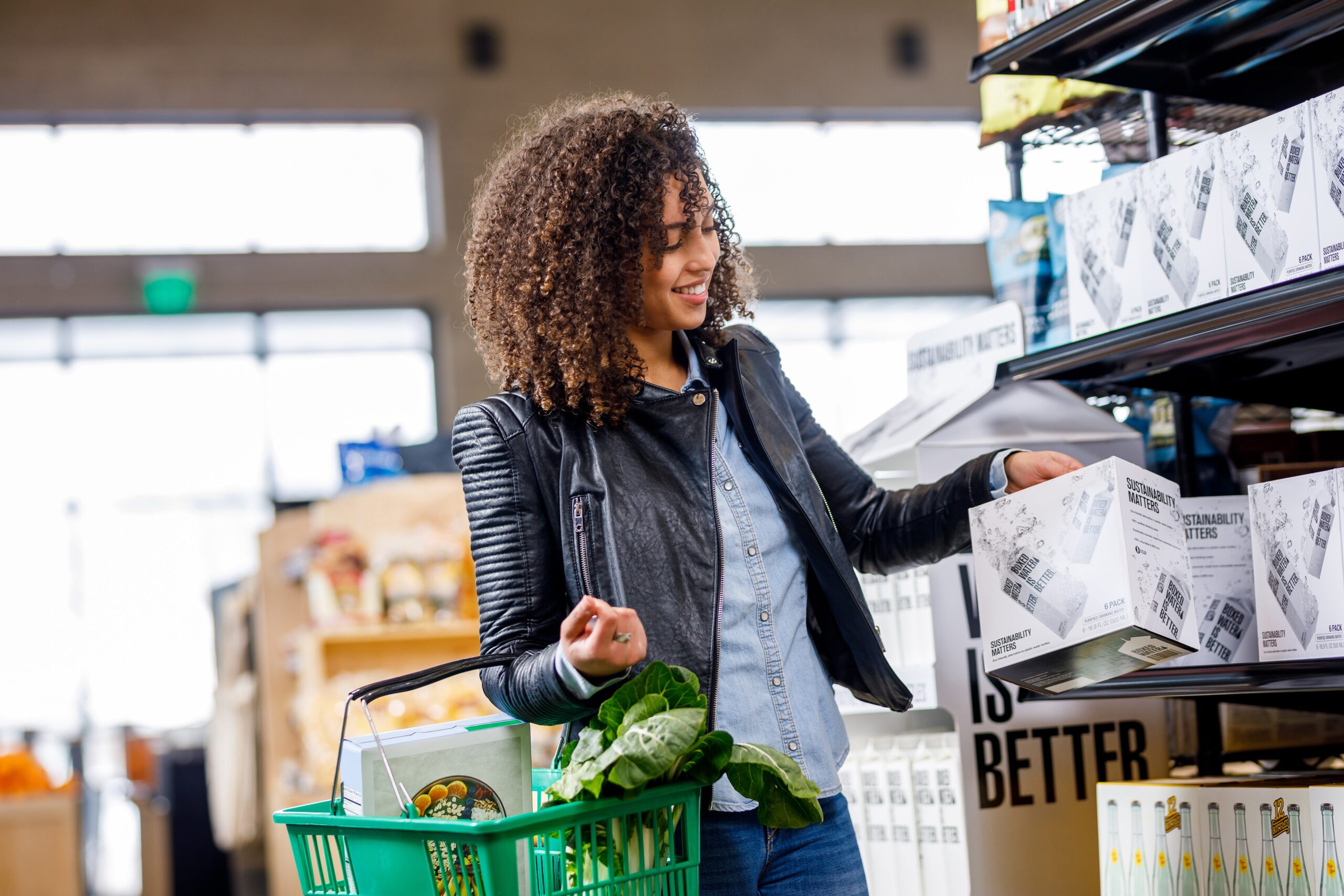Globally, markets are starting to embrace online grocery shopping, even though the rate of adoption is slow. Multiple retailers are expanding their offerings into online grocery shopping. In Europe, some of the retailers are Tesco and Ahold. In the US, some examples include FreshDirect and Amazon Fresh while in Kenya, some of the retailers offering online grocery shopping include Naivas, Juma Foods, Grocerypik and Greenspoon. With new services such as pick-up in-store and same-day deliveries, online grocery is starting to become an even more attractive value proposition to customers.
Why venture into online grocery?
Masses might have the impression that online grocery shopping is a parvenu concept. However, LeShop.ch has been doing it since 1997. This was still in the dark ages of the internet when web pages would take at least 20 seconds to load. However, winning and becoming profitable is not easy. LeShop.ch only become profitable in 2011. Even with a number of successful online grocers, some ventures have not been so lucky. India’s Peppertap tapped out of business and closed its doors after struggling to stay profitable.
When the success of online grocery is unassured, why should grocers even bother going digital?
Although food retailing e-commerce accounts for only about 3-5 percent market share, it is something to have as a winning strategy in the long run. While grocers might look at the rate of online grocery adoption as slow and unattractive due to the already thin margins in the business; picture a world where even 6 percent of your customers shift to your competitor’s online proposition, tragic!
Customers who are most likely to shop groceries online are the most affluent segment. These customers value convenience and are able to prioritize convenience over prices charged. As a result, these online grocery shoppers are more likely to spend big and maintain loyalty to your brand, if your offering is right.
The population is rapidly becoming digitally literate, characterized by higher penetration of smartphones and the internet. What’s more, the current generation embraces the convenience of online shopping. It is only a matter of time before this generation of “digital natives” becomes the consumers in the long run.
Cannibalizing store sales
Some grocers are hesitant to go digital because they see it as a way to cannibalize their store sales. However, the big question is would you rather cannibalize your own business or would you let someone else do it? Online grocery shopping provides positive externalities to the existing brick-and-mortar store. According to a report published by Winsight Grocery Business (WGB), Walmart’s success comes in part because it has been able to combine both physical and digital assets. Walmart is responsible for 48 percent of online grocery shopping, followed by Amazon at 36 percent. Businesses need to be mindful of changing customer needs. If they want online grocery as an option and you do not provide it, your competitors will surely do.
Becoming profitable
As mentioned earlier, companies are hesitant to commit to providing online grocery as a service because becoming profitable is unassured. Making it in online grocery is paradoxical. Success comes with watching every inch of the business and optimizing operational efficiencies. Without going all in, success is futile.
One of the areas that beat the online store’s profitability is having an assortment that is too deep. Having an online store with the same stock-keeping units (SKUs) as a physical supermarket is not pragmatic. Assuming a supermarket has about 30,000 SKUs, stocking up about 40% of this is enough; as the remaining 60% are mostly niche products whose purchases are not frequent. Even with the 40% of assortment offered, a fraction of this will still be responsible for the most frequently bought items. Intelligently reducing the SKUs to a practical number reduces the complexity of operations while at the same time offering just enough depth for the customers.
There is no golden rule as to whether the online business should be separate from the traditional retail business. However, what is crystal clear is that the success of the online business is highly correlated with its autonomy to act. Online businesses need to be agile, actively seeking customer feedback and reacting promptly. However, tying the online business with legacy systems restrains what and when improvements can be done. Online businesses that are merely subsets of other divisions are hardly competitive.
Looking beyond
It is certain that the economics of online grocery shopping are more challenging compared to brick-and-mortar stores. However, online grocers need to harness the power of an omnichannel strategy to provide even greater value to customers. Successful grocers have been able to provide a mix of online shopping and physical store visits. These grocers create incentives for customers to visit their physical stores while at the same time providing personalized offers on online shopping. The resultant is an increase in both purchase frequency and basket size in online shopping.
A successful omnichannel marketing strategy takes into account all the data points of the customer’s journey. Digital and physical infrastructure need to be put in place to provide a personalized omnichannel customer experience. When gotten right, online grocers shall enjoy lower customer acquisition costs, enhanced customer lifetime value and increased marketing efficiency. Consumers in 2022 and beyond are reaching out to their mobile devices for convenience. Even though the uptake and shift to online grocery shopping are slow, it is inevitable.
Author: Dickson Ndoro


